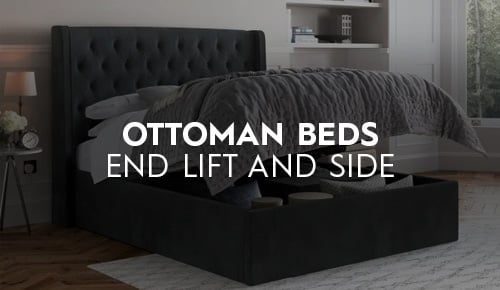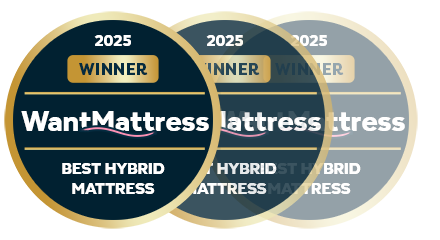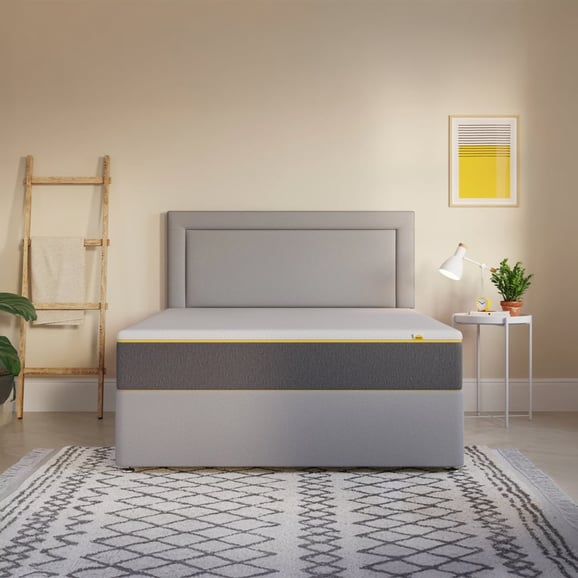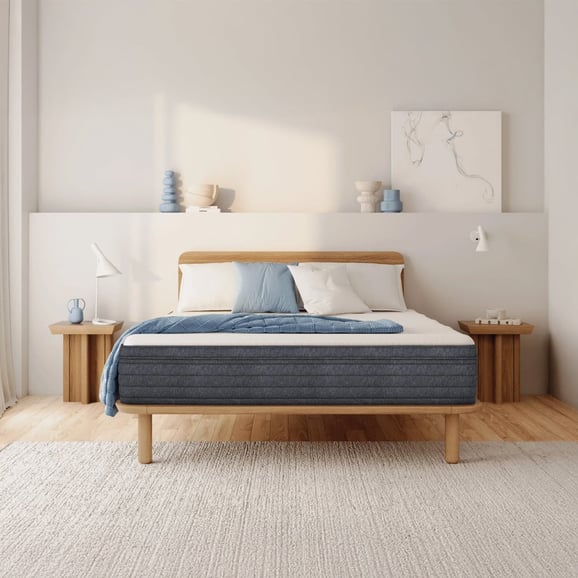If you suffer from sciatica then you already know how important a good night's sleep is for easing your pain and maintaining your overall well-being. Choosing the right mattress can make all the difference but with so many options available it can be overwhelming. In this guide and product arrangement below, we'll break down the essential factors to consider when shopping for a mattress that can help alleviate sciatic pain and provide a peaceful night's rest.
Understanding Sciatica and Its Impact on Sleep
Sciatica is a condition characterised by pain, numbness, or tingling along the sciatic nerve, which runs from the lower back down each leg. This discomfort can result from various causes, such as a herniated disc, spinal stenosis, or piriformis syndrome.
Sleep plays a vital role in managing sciatica symptoms as it allows the body to heal and recover. However, an unsupportive or uncomfortable mattress can exacerbate sciatic pain and make it difficult to get the rest you need which is why choosing the right mattress is crucial for those suffering from this condition.
Key Factors to Consider When Choosing a Mattress for Sciatica
Firmness: The ideal mattress firmness for sciatica sufferers will depend on your preferred sleep position and body weight. Generally, medium-firm tensioned mattresses provide the best balance of support and comfort to alleviate pressure on the sciatic nerve and still suit both back and stomach sleeping.
Support: Proper spinal alignment is critical for reducing sciatic pain. Look for a mattress that provides adequate support for your lower back and hips, ensuring your spine remains in a neutral position throughout the night.
Pressure Relief: A mattress with good pressure-relieving qualities can help distribute your body weight evenly and minimise pressure points while reducing the strain on your sciatic nerve.
Motion Isolation: If you share your bed with a partner, motion isolation can be essential for undisturbed sleep and so a mattress with good motion isolation will prevent your partner's movements from causing discomfort and potentially aggravating your sciatica.
Temperature Regulation: Some people with sciatica may find that their symptoms worsen in hot or cold temperatures. A mattress with excellent temperature regulation can help maintain a comfortable sleeping environment while making it easier to fall asleep and stay asleep.
Top Mattress Types for Sciatica Relief
Memory Foam: Memory foam mattresses conform to your body's shape, providing excellent pressure relief and support while also having good motion isolation and can be a great option for sciatica sufferers.
Latex: Natural latex mattresses offer a similar level of support and pressure relief as memory foam but with a slightly more responsive feel. They are also more durable and breathable which can help with temperature regulation.
Hybrid: Hybrid mattresses combine the best of both spring and foam/latex materials, providing a balance of support, pressure relief, and responsiveness. These mattresses can be an excellent option for sciatica sufferers who need a combination of support and comfort.
Final Thoughts and Tips for Improved Sleep
Choosing the right mattress is a crucial step in managing your sciatica symptoms and improving your sleep quality. By considering factors like firmness, support, pressure relief, motion isolation, and temperature regulation, you can find a mattress that meets your unique needs. Don't forget to pair your new mattress with supportive pillows and practise good sleep hygiene for the best results.














